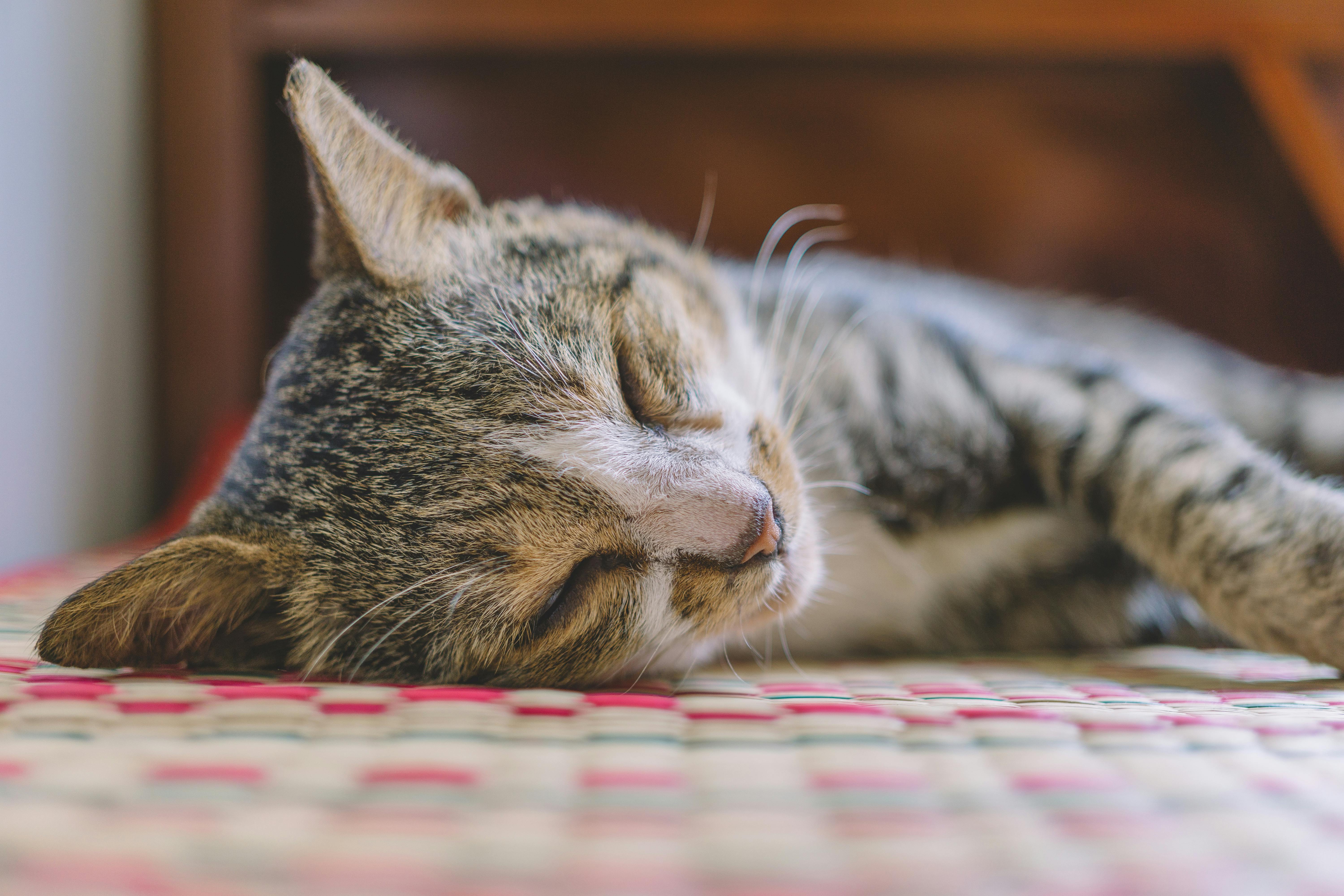I once read an explanation of yoga asanas (poses) that start with inanimate, geometric objects and progress to something more fluid and challenging. Basic starting positions like “trikonasana” or triangle pose, where both feet serve as an anchor and one does a standing side bend, to “tadasana” or mountain pose, where both feet and legs are pressed together while the weight is pushing. the feet, which anchor them to the ground, are accessible to beginners.
Ancient texts say that when one begins to master basic asanas, the next group that is on the journey has animal references. “Svarga dvidasana”, or bird of paradise, involves tremendous concentration, balance, and flexibility and stability in the hips. The similarity between the bird of paradise and the basic poses such as triangle and mountain discussed above is that your poses are standing, but svarga dvidasana requires you to stand on one foot, while the other leg is fully extended towards a side, with the arms forming a loop around the levitated leg and the hands clasped around the extended buttock.
The ancient sages who named these positions did not do so by accident. There is a clear correlation between the names of the asanas and the amount of effort required to practice these poses successfully.
Yoga has no religion, although it grew up in a devoutly Hindu home. Hindus pay tribute to animals in fascinating ways, and one of the most recognizable deities is the cow. Mahatma Gandhi, the most prominent spiritual and political leader in India, once wrote: “If someone asked me what is the most important external manifestation of Hinduism, I would suggest that it is the idea of the protection of cows.” Krishna, one of the many gods of Hinduism, is also deeply associated with cows. He is often referred to as “balagopala” or “the boy who protects cows” and “govinda” or “he who makes cows happy.”
Yoga pays tribute to the cow with a seated “gomukhasana” or cow face pose. Here’s how to approach the asana:
1. Sit with your legs extended forward.
2. Bend the right knee and position the right foot so that the right heel touches the side of the left buttock.
3. Cross your left leg over your right thigh. Bend your left knee so that your left heel touches the side of your right buttock.
4. Clasp your hands behind your back by raising your left arm, bending your left elbow so that it points upward. Extend your right arm to the side, bend your right elbow so that it points downward, and clasp your hands.
5. Keep your back straight and hold for about 20 breaths. Switch legs and hands, with the right leg up and the right elbow pointing up. If putting your hands together is too difficult and your breathing becomes erratic, then practice with both hands resting on your knees.
Gomukhasana strengthens the muscles and nerves around the shoulders and the heart plexus. The energy channels associated with the reproductive organs are also affected. The cow face pose creates a complete energy circuit flowing through the spine, with the arms suggesting the figure eight or infinity shape. This posture then represents the complete balance of prana, between the higher and lower centers and the positive and negative charge. It is the union of day and night; hot and cold.
Today, in strongly Hindu nations like India, a citizen can be thrown in jail for killing or injuring a cow. As we practice gomukhasana in elegant studios from Tokyo to New York, let’s not forget the sacredness of yoga, of becoming a god by twisting our bodies into the shape of a cow.
May you find the extraordinary in everyday life. Om Shanti Om.
